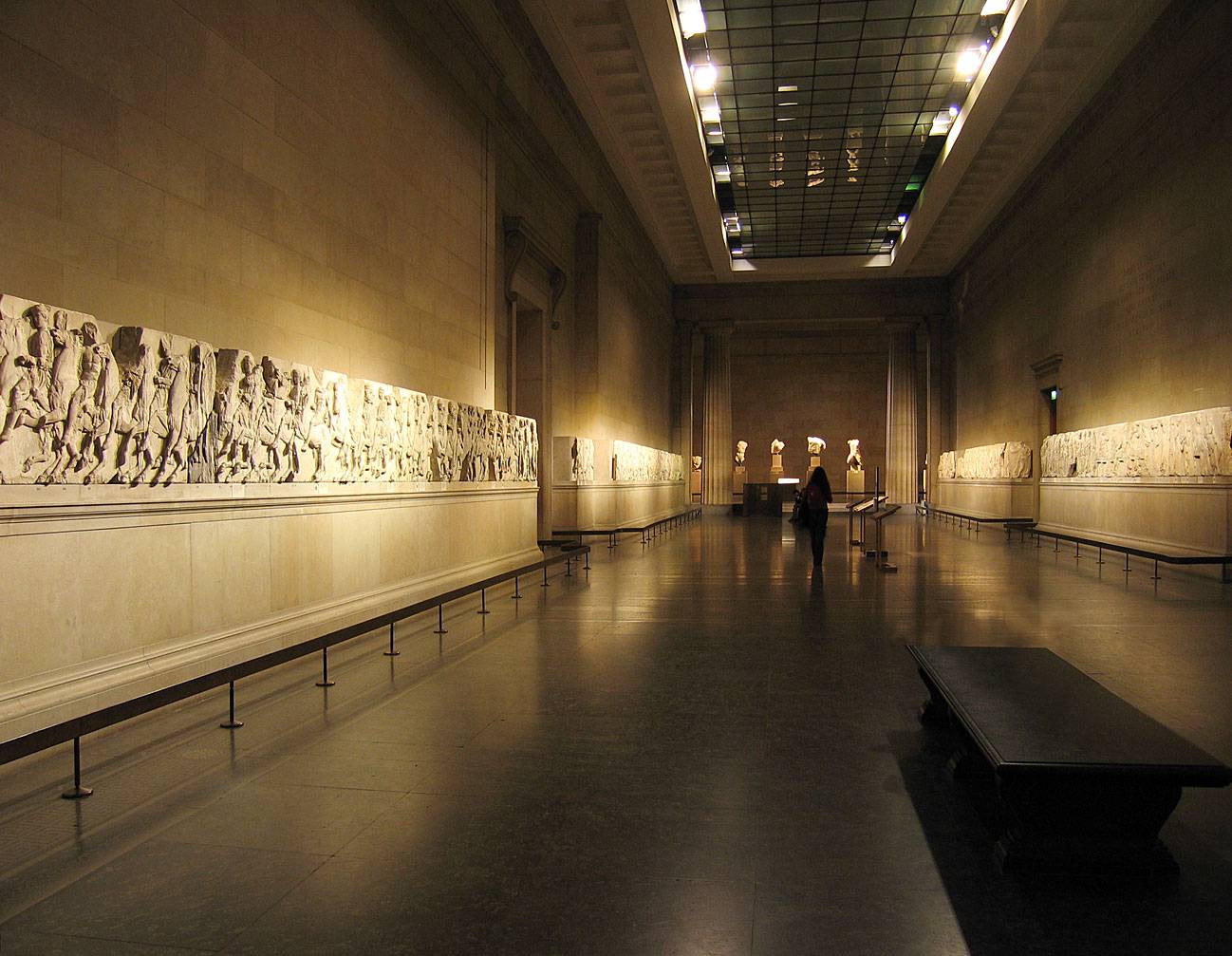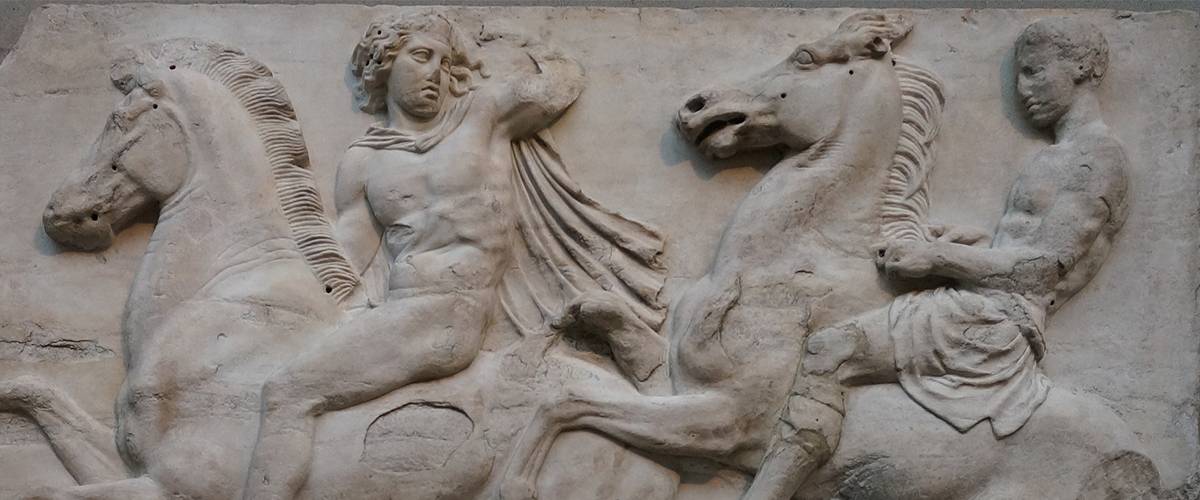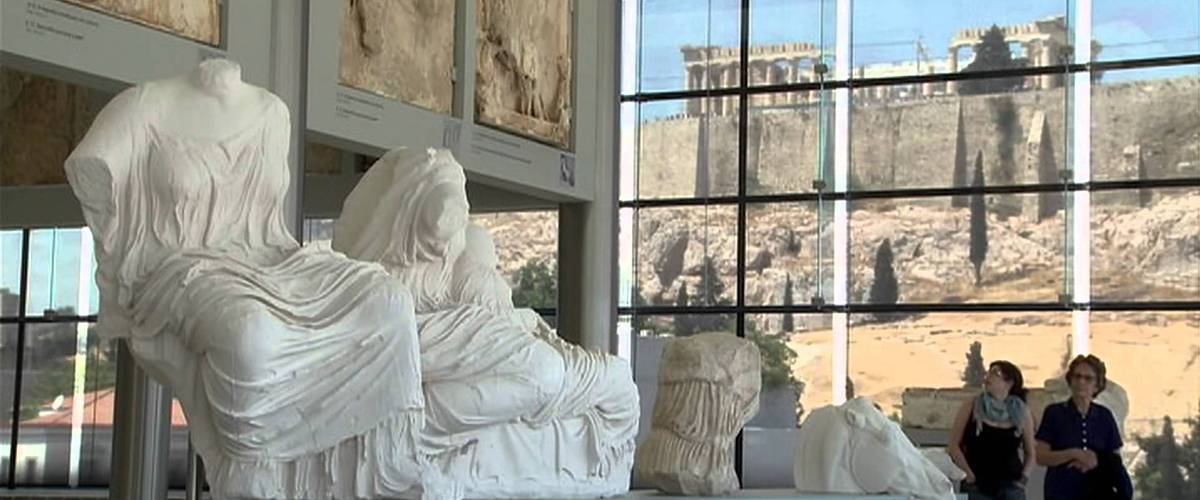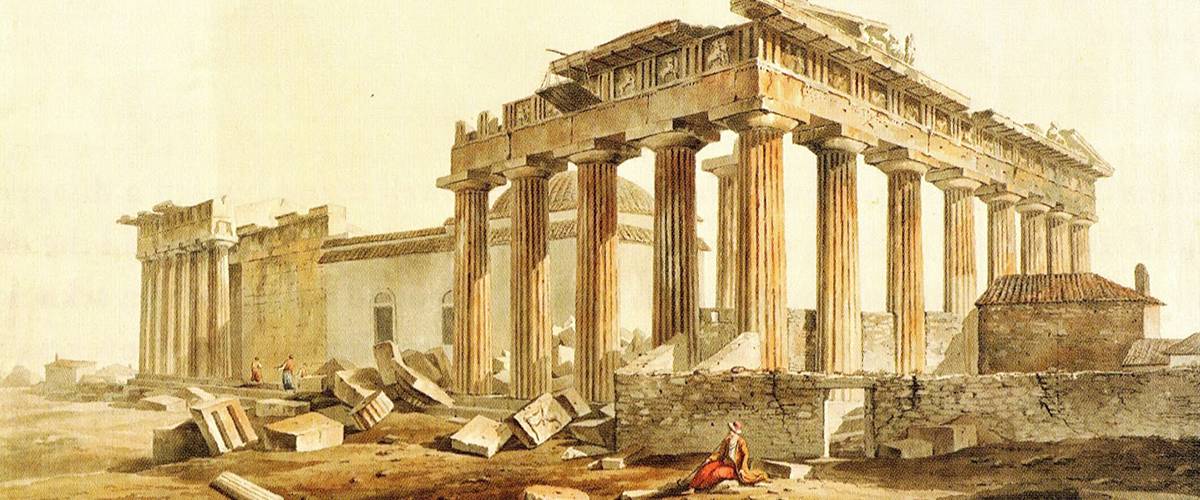Theodore Theodorou's web site is dedicated to a letter from R. Adair to Lord Elgin concerning the legality of his removal of the Parthenon marbles.
The letter was written in 1811 by the British Ambassador to Constantinople (Istanbul), Robert Adair, and addressed to Thomas Bruce, the seventh Earl of Elgin.
It suggested the earl had no right to buy the 5th Century marbles.
The handwritten note was sold at Dominic Winter Auctions in Wiltshire on 6 November, 2002 for £7,000.
Thank you Theodore for also pointing out that when I posted this item on the BCRPM's web site at lunchtime today, the 23 September 2013, I wrongly quoted £50 as the amount paid for Adair's letter.
In fact lot 370 was another letter sold on the same day at Dominic Winter Auctions, also by Adair regarding the poor policing in Brussels. This letter sold for £50.
The letter by Adair to Lord Elgin regarding the Parthenon marbles, lot 408, sold for £7,000!
Clearly lot 370 not as important as lot 408 or indeed centuries after the events that spurred the Adair letters, the most valuable document was that regarding the 'removal' of the Parthenon sculptures.









Comments powered by CComment